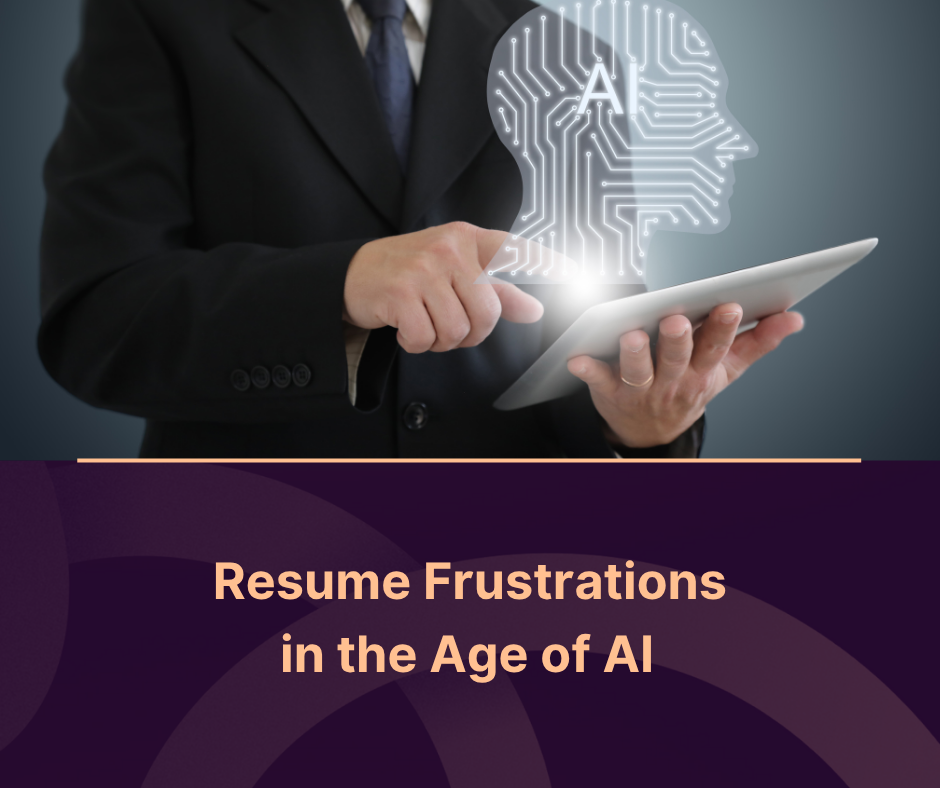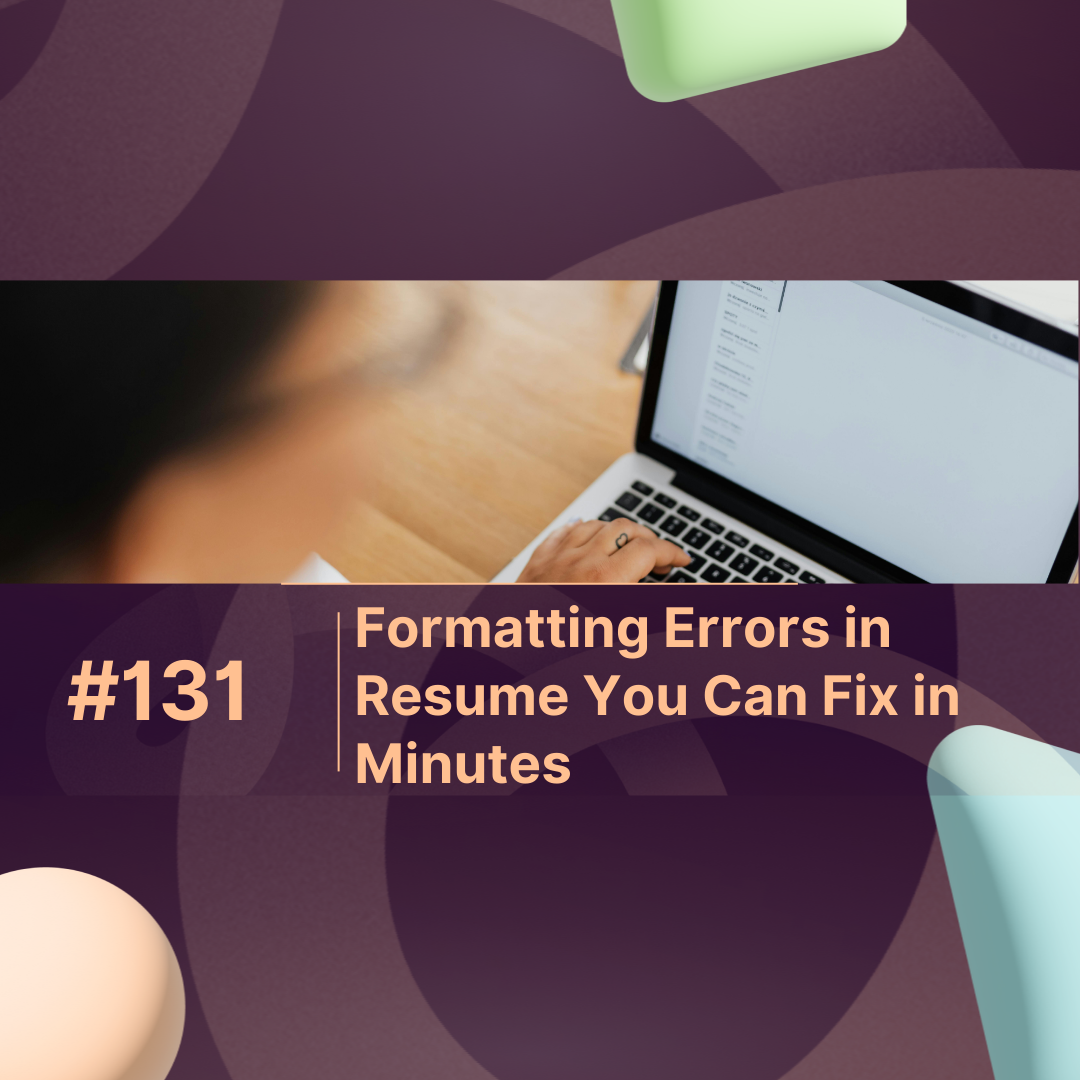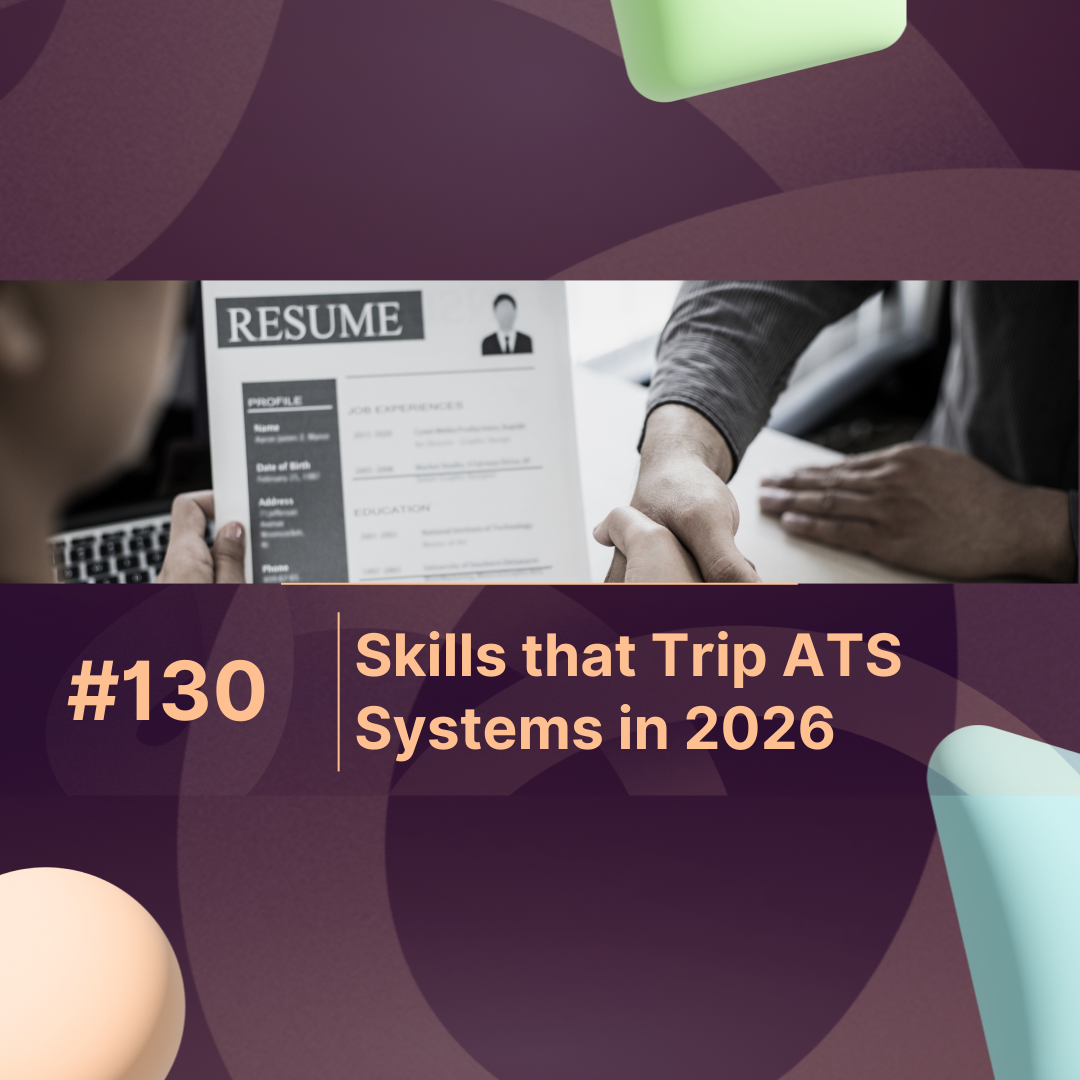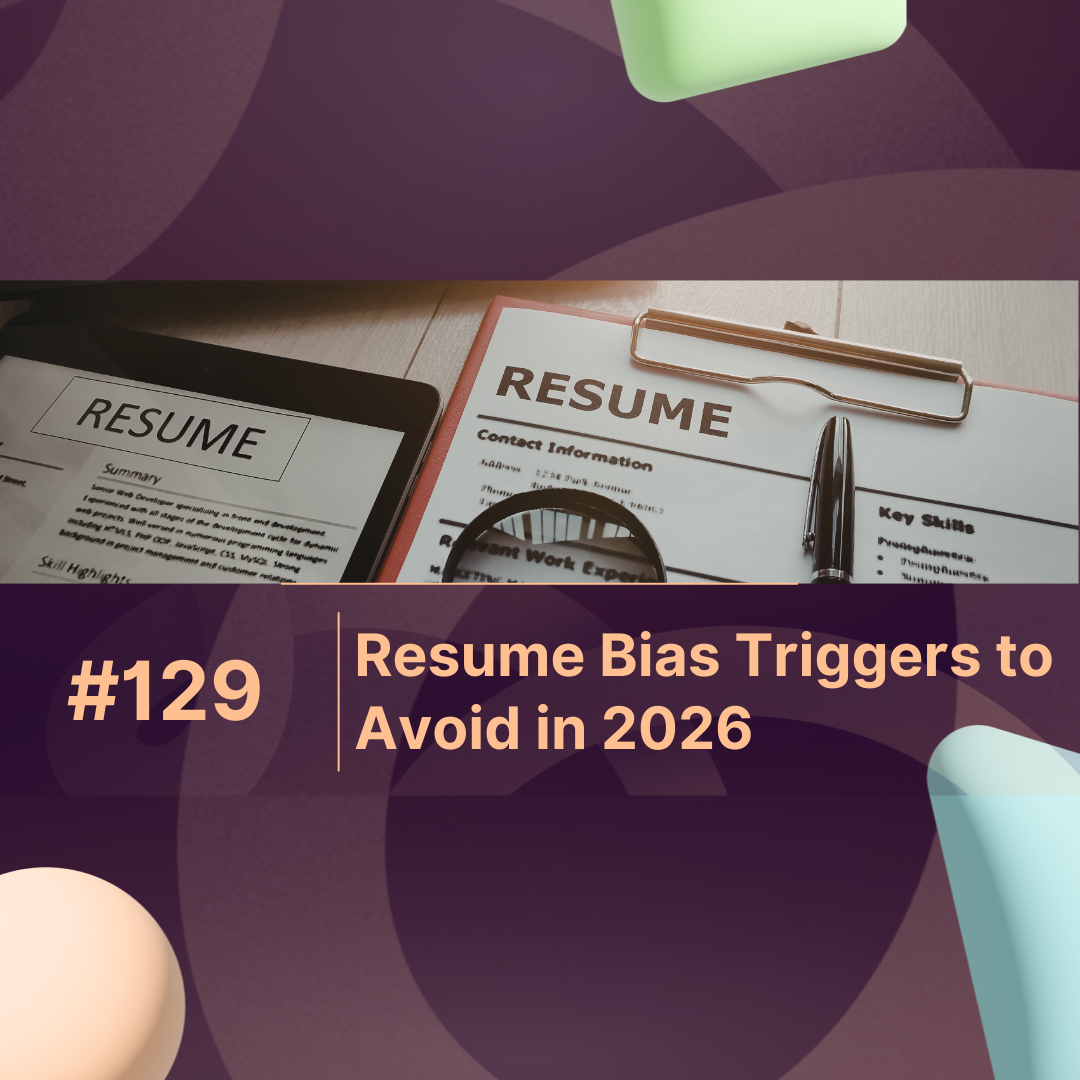Overview
In today’s competitive job market, resume frustrations are more common than ever. From automated rejections to zero interview callbacks, candidates are struggling to get noticed—no matter how qualified they are. With the rise of Applicant Tracking Systems (ATS), AI resume screeners, and automation tools used by recruiters, understanding how to navigate these challenges is essential.
This blog breaks down the real causes behind resume frustrations, offers actionable strategies to beat them, and helps you future-proof your job search in the age of AI and automation.
Why Resume Frustrations Are on the Rise
Resume frustrations stem from a disconnect between what job seekers submit and what hiring systems are designed to detect. According to a 2024 Jobscan survey, over 75% of resumes are rejected before they reach a human. That’s not because candidates lack skills—it’s because their resumes aren’t optimized for machine readability.
Common resume frustrations include:
-
No interview calls despite applying to dozens of roles
-
Repeated ATS rejection messages
-
Lack of feedback from hiring managers
-
Confusion about what to include or leave out
-
Inability to get past keyword filters
With automation shaping every stage of recruitment, job seekers must now learn to write resumes not just for humans, but for machines too.
How AI and Automation Are Changing Resume Evaluation
Today, many companies use AI-powered systems to scan, filter, and rank resumes. These tools analyze resumes based on:
-
Keywords matching the job description
-
Clear formatting and structure
-
Quantified achievements and measurable results
-
Relevant experience tailored to the role
Failing to meet these criteria results in automatic rejection—no matter how strong your qualifications are.
Key Resume Screening Factors in 2025
| Factor | Importance (%) | Notes |
|---|---|---|
| Keyword Match | 92% | Based on job title, skills, and experience |
| Resume Format (ATS-friendly) | 84% | Simple layouts beat overly designed ones |
| Action-Oriented Language | 76% | Using strong verbs and quantifiable results |
| Relevance to Job Description | 89% | Customization per job is critical |
| Soft Skills Mentioned | 55% | Especially leadership, communication |
Source: TopResume Hiring Trends Report 2025
Beating Resume Frustrations: What Actually Works
1. Write for the Machines First, Then for the Humans
Your resume must pass through an AI filter before a human sees it. Use tools like Jobscan or ResumeWorded to benchmark your resume against job descriptions. Focus on relevant keywords, industry-specific skills, and clear formatting.
2. Simplify Your Resume Format
Avoid graphics, columns, or text boxes. Use standard section headers like:
-
Experience
-
Education
-
Skills
-
Certifications
ATS bots struggle with creative designs, so stick with a clean, text-based layout.
3. Customize Each Resume
A generic resume is one of the top causes of resume frustrations. Tailor each application to the role you’re targeting. Change your summary, reorder bullet points, and align your skills based on each job description.
4. Quantify Your Achievements
Instead of saying “Managed a sales team,” write “Led a 5-person sales team and increased revenue by 27% in 6 months.” Recruiters—and AI tools—prioritize measurable impact.
5. Add a Human Touch on LinkedIn
While your resume is filtered by AI, your LinkedIn profile is checked by real people. Ensure it aligns with your resume, uses keywords, and includes recommendations.
The Role of Soft Skills and AI-Proofing
While technical skills and achievements matter, soft skills—like adaptability, leadership, and collaboration—are becoming more valued, especially in remote and hybrid workplaces.
To beat resume frustrations in 2025 and beyond, make sure to:
-
Include a Skills section with both hard and soft skills
-
Mention AI-related tools or platforms you use
-
Keep your resume to one page if you have under 10 years’ experience
Conclusion
Resume frustrations are real, but they’re beatable—if you know how to adapt. By writing smarter resumes that align with both AI filters and human expectations, you’ll increase your chances of landing interviews and job offers. As automation continues to evolve, the job seeker who understands the system—not just the job—will win.
Start by reviewing your current resume with these strategies, use automation to your advantage, and rebuild with a focus on clarity, customization, and credibility.
FAQs
Q1: What is the biggest cause of resume frustrations in 2025?
A: The top cause is lack of ATS optimization. Most resumes are rejected because they don’t include the right keywords or formatting to pass AI screening tools.
Q2: Should I use templates from Canva or graphic resumes?
A: No. These formats often confuse ATS bots. Use clean, text-based formats that follow traditional structure.
Q3: How often should I update my resume?
A: Update it every 3-6 months, or whenever you gain a new skill, project, or role.
Q4: Does LinkedIn help reduce resume frustrations?
A: Yes. A strong, keyword-optimized LinkedIn profile complements your resume and improves visibility with recruiters.
Q5: Can AI tools help improve my resume?
A: Absolutely. Platforms like Jobscan, Rezi, and ResumeWorded analyze your resume against job descriptions and offer optimization tips.



